Since the newly announced Nintendo 2DS (yes, you read that correctly) is obviously targeted at a young audience, I censored the title of this post. Kotaku already won the battle for best title anyway.
 My first reaction, upon hearing the name “2DS” was “What the hell?” My second reaction, upon seeing a picture of it, was “No, seriously… what the hell?”
My first reaction, upon hearing the name “2DS” was “What the hell?” My second reaction, upon seeing a picture of it, was “No, seriously… what the hell?”
I have been a Nintendo defender for a long time. I love Nintendo. My kids and I waited in line outside the Richfield Best Buy last fall to get a Wii U at midnight when it was being released.
Now, a few fun games aside, all of us think the Wii U itself is kind of a P.O.S., but that’s not even the point. Except, it kind of is.
Nintendo used to be the king of the video game world. They dominated the late ’80s and early ’90s. After faltering a bit, they roared back in the mid-2000s with the original Wii. But then the world changed on them. The iPhone happened. And suddenly Nintendo was Wile E. Coyote running off a cliff. Except when they looked down, they didn’t suddenly realize the ground beneath them was gone. They just kept right on running… into a strange world where all known laws of physics no longer apply.
The Wii U is a bit of a muddled mess, but its main failing is the poor user experience of its horribly designed system software. But it was indicative of the larger problem Nintendo currently has… it has become dangerously (to its own future) out-of-touch with how people are using not just video games, but technology devices in general. The 2DS seems like perhaps they have crossed a point of no return.
I “get” the 2DS. It’s designed to address a few very specific problems, all revolving around the fact that Nintendo’s core audience, especially for handhelds, tends to be young… single-digit young. The 3DS, Nintendo’s current flagship handheld system, has three problems with that audience:
1. It’s fragile.
2. It’s (kind of) expensive.
3. Its 3D effects can be harmful to young eyes.
Little kids break things. The delicate plastic hinges on the traditional clamshell DS designs are a perfect example. Parents don’t want to spend $150-$200 on a device their young child will break easily. And for ocular health, Nintendo themselves discourage use of the 3D effect on the 3DS for those under 7 years old. Parents can disable the 3D effect entirely, but it’s a cumbersome process.
Enter the 2DS: No hinge. Comparatively cheap at $129. And no 3D. Problem(s) solved, right? Except… targeting those specific issues has led to this monstrosity. Something that could only be created by a combination of focus group feedback and head-in-the-sand corporate executives, deliberately ignoring everything that’s happening in the world around them, denying the true source of the rot eating away at their company’s business model.
Set aside the Playstation Vita for a minute (since everyone pretty much has, amirite?)… there is one primary competitor to the Nintendo DS family for young portable video game enthusiasts: the iPod touch. There are plenty of reasons a parent might choose to get their kid an iPod touch, besides the obvious fact that the kid really wants one. But perhaps the most compelling factor is that the parents themselves already own iPhones. The iPod touch, after all, is pretty much just an iPhone without the phone. (And GPS, and a few other features, but you get my point.)
iOS is already familiar to these parents, so they can relate to their child’s experience. And more importantly, these parents understand the App Store, which is really the single reason why I believe Nintendo as it currently functions is doomed.
Let’s look at three more potential problem factors for the Nintendo DS family:
1. Its games are expensive ($30-$40 each).
2. Its game media can get lost.
3. Its games can only be used on a single device at a time.
True, the iPod touch starts at $229, a full $100 more than the 2DS. But buy just three games for the 2DS and you’re up to the price of an iPod touch. Granted, Nintendo has created an equivalent to the App Store for the DS line, but its selection of games is pitifully small compared to the iOS App Store, and many of those games are iOS ports! Even the best, deepest, biggest-budget iOS games rarely break the $20 barrier, and most are priced somewhere between free and $3.
Every subsequent generation of Nintendo handheld has seen its game media shrink in size, from the fairly large cartridges of the original Game Boy to the tiny SD-like cards of the DS line. They’re more portable, but in some ways smaller is worse… as any parent whose kids bring their DS on car trips will tell you, the games are incredibly easy to misplace, and at up to $40 each that’s an expensive scenario. And, of course, a physical game can only be played on one device at a time. Even Nintendo’s eShop is built around a ridiculous model where you can’t transfer purchases between devices.
Contrast that with the iOS App Store. There are no physical media to keep track of, anyone on the same App Store account can download (and re- download) apps to their device without re-purchasing, and you’re not limited to the single device you originally bought the app on.
So while Apple (and Android) reinvented the world of mobile gaming, what did Nintendo do? They continued to drift into this strange territory of weird proprietary hardware, trying to create a unique experience by building devices, and games around them, that would be impossible anywhere else. That’s great, I guess… if any of it really made any sense. And never has it been clearer just how little sense it all makes than with the 2DS.
What is Nintendo’s greatest asset? Not its “unique” game hardware. It’s the intellectual property of great franchises like Mario, Zelda, Metroid and Pokémon. For decades now, Nintendo has sustained a (more or less) thriving business by making these must-have games and then selling the only hardware anyone can play them on.
But times have changed. The video game landscape is so different now, that I don’t think these legendary franchises are enough to carry Nintendo’s increasingly absurd hardware business any longer. I’ve been saying for years that Nintendo needs to do what Sega did… get out of the hardware business and start putting their games on other companies’ devices. This will mean a leaner, smaller Nintendo, but I bet they could wring just as much or more profit from selling their games on other systems as from building and selling their own.
Put Mario, Link, Samus or (God help me) Pikachu on my iPhone, and I will buy it in a second. But this crazy new hardware Nintendo keeps dreaming up? I’m not buying it anymore. And, for the first time, neither are my kids.


 So I began experimenting. There was one distinct problem I could see in settings. On both iOS devices and my Mac, the Messages app was showing both my phone number and email address. But in some cases one was grayed out. Infuriatingly, on my iPad and Mac, the phone number was grayed out and checked, and on the iPhone the phone number was grayed out and not checked. I could easily add or remove the connection of my email address to any of the devices, but my phone number was stubbornly locked into my iPad only. (Or, well, my iPad and my Mac… I guess. Honestly I hardly ever use Messages on my Mac so I haven’t really paid attention.)
So I began experimenting. There was one distinct problem I could see in settings. On both iOS devices and my Mac, the Messages app was showing both my phone number and email address. But in some cases one was grayed out. Infuriatingly, on my iPad and Mac, the phone number was grayed out and checked, and on the iPhone the phone number was grayed out and not checked. I could easily add or remove the connection of my email address to any of the devices, but my phone number was stubbornly locked into my iPad only. (Or, well, my iPad and my Mac… I guess. Honestly I hardly ever use Messages on my Mac so I haven’t really paid attention.)


